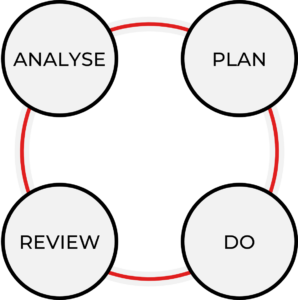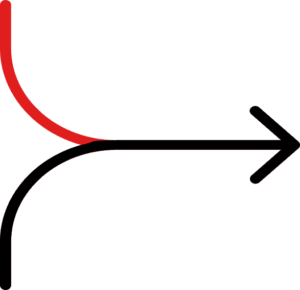The Mastery Social
Achieving successful change
In the pharma and associated healthcare industries, change is no longer an event that occurs occasionally, rather it has become a continuous loop. There are many reasons for this from changes at patient and healthcare system level, through evolutions in the types of novel products (and associated volumes of data), the industry is launching to ways of working and innovations in technology and of course AI.

Traditional 7 and 8 step change management models with change plans and communications built at global level and then cascaded can be challenging to execute well in an agile environment where the next change starts before the previous one is fully embedded.
Successful change requires employees to be energised by what’s coming and to get them onboard quickly to drive change forward. Losing top talent to the competition as a result of disenfranchisement makes change harder, so filling the gaps and avoiding the pitfalls in change planning is a necessity rather than a nice to have.
Below we highlight three key common pitfalls which need to be to proactively managed to drive successful change.
Adding these three areas to a change management checklist will save time and unblock challenges further down the change track at a time with so much change and so many demands on employee time.
Click the tabs below to explore each area.
Keep it simple
 Change itself is complex enough and today’s change plans need adaptation as they move from models where refinement, learning and continuous improvement occur get lost and the model becomes linear rather than cyclical.
Change itself is complex enough and today’s change plans need adaptation as they move from models where refinement, learning and continuous improvement occur get lost and the model becomes linear rather than cyclical.
Align planning steps to the broad components of other planning processes and focus support for each level of the organisation on their roles in planning, adapting and executing these steps. This simplicity allows mangers and training partners to keep going with repeat cycles driving continuous improvement and change even when other changes are emerging, and new change cascades are flowing through the organisation.
Take every layer of the organisation on the change journey
 Too often the focus of change can be on driving buy-in from leadership within functions or countries and then focussing on the individuals whose roles are required to execute the change. For example, when rolling out change to an omnichannel approach, communication and capability building tends to focus on marketers or medical who need to build the omnichannel plans and field functions who need to execute them.
Too often the focus of change can be on driving buy-in from leadership within functions or countries and then focussing on the individuals whose roles are required to execute the change. For example, when rolling out change to an omnichannel approach, communication and capability building tends to focus on marketers or medical who need to build the omnichannel plans and field functions who need to execute them.
Oftentimes however, little consideration beyond the communication cascade is given to direct managers and second line managers of these roles. These manager roles, particularly where change involves new ways of working or new technology, need more support than pure communication. They often also require new skills to drive successful change. Going back to the previous example of a change to an omnichannel approach, training a global brand manager in how to develop modular content and tagging strategy supports change but that change is weakened if the Global Brand Director does not have the tools, experience or capability to robustly critique that strategy. The same holds true for first line managers in the field, who need to be equipped to critique omnichannel plans.
Drive alignment
 Our industry operates in cross-functional matrices, each function with their distinct areas of expertise, role and ways of working. With so much cross-functional reliance and communication, it is critical in today’s environment that there is cross-functional input to change planning where this involves changes to roles or ways of working as there will be inevitable impact on other roles. Planning for this proactively avoids blockages and barriers once change is underway ensuring change timelines are not delayed.
Our industry operates in cross-functional matrices, each function with their distinct areas of expertise, role and ways of working. With so much cross-functional reliance and communication, it is critical in today’s environment that there is cross-functional input to change planning where this involves changes to roles or ways of working as there will be inevitable impact on other roles. Planning for this proactively avoids blockages and barriers once change is underway ensuring change timelines are not delayed.
That cross-functional up-front alignment also ensures that harmonious messaging cascades through the full organisation delivering consistent global, local and territory level visions of the end goal and rationale for the change.
